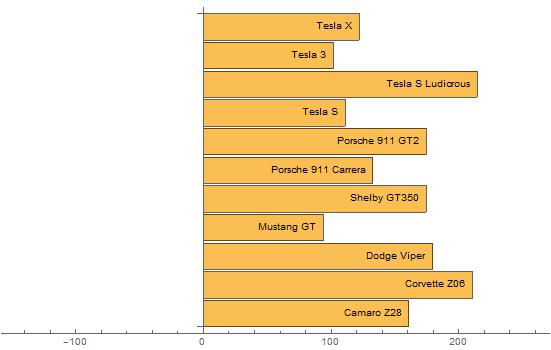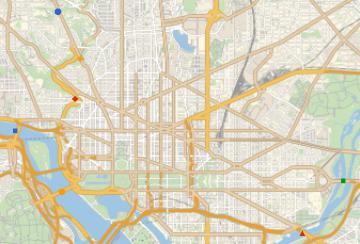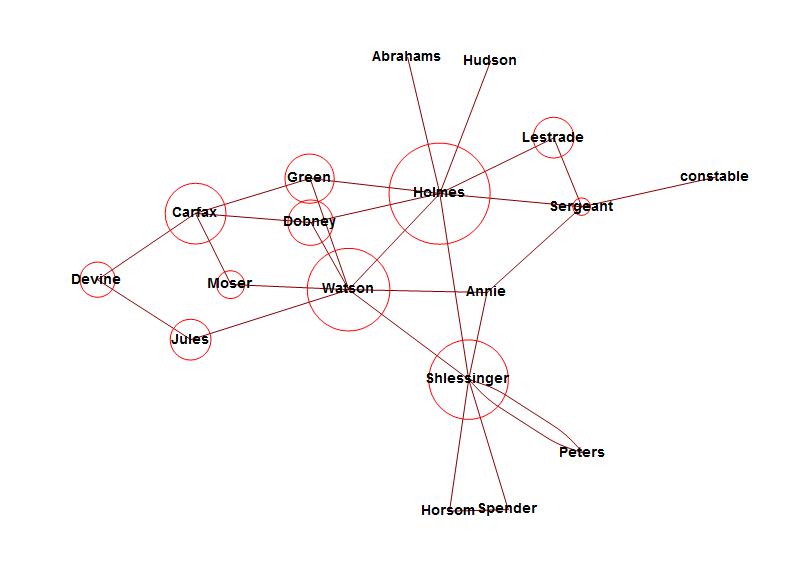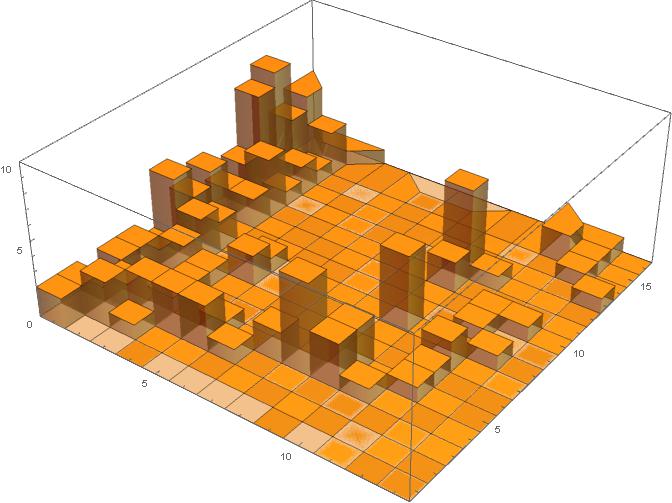WSS16 Introducing the Wolfram Language and Computational Thinking to Non-technical Faculty by Kenneth Lesley
Views on the current state of education in America
In 1892, the Committee of Ten designed our current system of education. The emphasis was on preparing students for working in the factories of America. Our current economy is not based on manufacturing. The skills we valued then, and still educate for now, are no longer the essential skills needed in todays workplace. One of the features of our current system is the siloing of the different academic topics: math, English, languages, science, social studies/civics. Each topic is separated from the others and little interaction is ever seen by the students. Only math is seen as being a cross curricular skill with the sciences.
In the last 25-30 years, CTE (Career and Technical Education) has become a common feature in American high schools. These courses have a more project based focus and help students develop the requisite skills needed for todays workplace. Students actually start to see some of the connections they need to develop to be successful in college and career. Modern CTE classes are a step in the right direction, but they are not the whole journey. We still need to transform the rest of the students day to make what they learn relevant and useable.
Using the CTE courses at a school as a catalyst, efforts need to be made to reach out to the core teachers and provide supports and incentives for them to work collaboratively with the CTE teachers as well as with each other. When a well designed cross-curricular project is developed between, say, social studies and engineering, the students gain valuable insights into how these topics actually interact in the real world. Isnt building a road more than just pushing dirt around? What if that road divides my farm in two, or my aunt has to move because the freeway is about to run through her living room. Communities can be cut, local economies can be disrupted, and the list goes on. Students need to know the mechanics of how a road is built, but also need to know the impact of that road on the neighborhood, both good and bad. And wouldnt it be great if students know the advantages and disadvantages of different types of road construction as well as what impact it would have on the people who live around it.
At McKinley Technology High School in Washington, DC, we are working toward that ideal. I run the engineering academy and we have an IT academy and a bio-tech academy. All of our students must join one of the three academies to graduate from McKinley. We are currently in the process of working with our schedules to encourage our teachers to find common ground across the different curricula. How can Mathematica and the Wolfram Language help? Mathematica and the Wolfram Language are powerful analytical tools that can cross curricular boundaries. During the 2016 Summer School, I started building a series of Explorations that can be used by teachers and students to see how the Wolfram tools can be used in these different settings. My first four explorations were for math, science (physics), social studies and English. Here is a brief description of each:
Math
The Fibonacci sequence and its relationship to Phi (the Golden Ratio)
I walk the students through a brief explanation of the Fibonacci sequence and then lead the students on to discover how Phi is found. I finish with a geometric challenge to build a Golden Rectangle.

Science (Physics)
Acceleration
Who doesnt like to think about fast cars. The movie franchise the Fast and the Furious certainly makes us think that its on our minds. The best place to reach a kid, is where his/her interests lie. Since I like fast cars as well, why not use that as the hook to introduce acceleration.
This may not catch every kids attention, but it will catch quite a few.


Social Studies
The Bridges of Washington, DC
Bridges have played a major role in the development of this country. After showing how to pull information into Mathematica from Wikipedia, we focus on the bridges of our nations capitol. Using the Bridge- Data function, we can find a number of data attributes about each bridge.
 ? 1 ? 2 ? 3 ? 4 ? 5 ? 6 ? 7
? 1 ? 2 ? 3 ? 4 ? 5 ? 6 ? 7
? "Taft Bridge" GeoPosition[{38.920556, -77.049722}] 1907
"Dumbarton Bridge" GeoPosition[{38.91056, -77.05139}] 1915
"Key Bridge" GeoPosition[{38.902222, -77.070278}] 1923
"Arlington Memorial Bridge" GeoPosition[{38.887222, -77.055556}] 1932
"Klingle Valley Bridge" GeoPosition[{38.932441, -77.056687}] 1932
"Whitney Young Memorial Bridge" GeoPosition[{38.889764, -76.964979}] 1955
"John Philip Sousa Bridge" GeoPosition[{38.8769, -76.9779}] Sat 18 Jan 1941
English Language Arts (ELA)
Analyzing a short story in English is a common practice in a literature class. But what if you could map the interactions of the characters and see a graph of those interactions? I chose a Sherlock Holmes short story from the Gutenberg Project. I was able to build a social network map as well as character frequency plot. In the character frequency plot, the x-axis was the character (Sherlock Holmes as 1, Watson as 2, etc.), the y-axis was the page as determined by how the text was presented in my word processor, and the z-axis was the reference count.


This is only scratching the surface of what could be done, but it is an example that can be built upon.
Follow up
My next steps, and anyone of like mind can join me, is to build more of these explorations. Once I am back at my school and working with my colleagues, I plan on starting a conversation to see what tools would help them. At first I will build the explorations. With time, I hope the different teachers will be comfortable building their own tools.